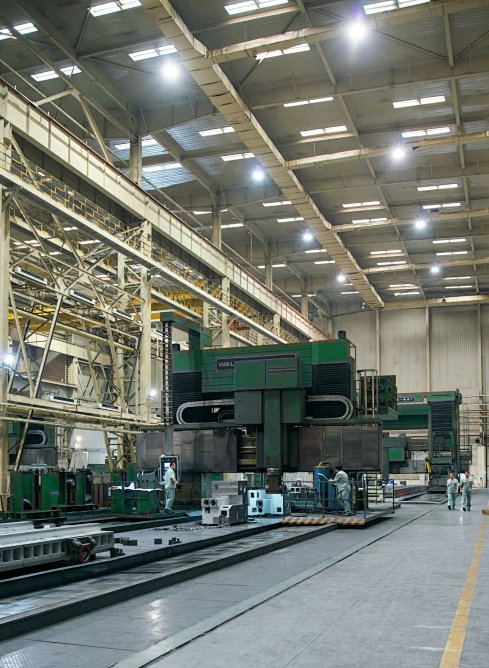Factors to consider when choosing a CNC system for a machining factory
Jun 09,2020
The applicability of the CNC system in the selection of machine processing plants is undoubtedly an important limiting factor in the design and selection of CNC machine tools. The first consideration is its driving capacity, as the power range of servos and the range of matching motors vary among different CNC suppliers.

First, the selection should be based on the compatible motor types and power ranges. It is particularly important to pay attention to whether the CNC machine tool design includes torque motors, linear motors, and whether the electric spindle is a synchronous or asynchronous spindle, as well as the rated current and overload current requirements of these motors, and the speed requirements of the electric spindle.
For five-axis machine tools, it is necessary to clarify whether five-axis linkage is required or if only five-sided machining is needed, as the corresponding selection of CNC system functions will also differ. For example, for five-sided box-type machining, RTCP is usually not required, providing a larger selection range. Additionally, the five-axis function may involve considerations regarding the CNC system supplier's export licenses, after-sales service, etc.
CNC machine tools launched by machining factories, especially large and heavy CNC machine tools, mostly require full closed-loop and dual-drive systems. In a full closed-loop control plan, it is necessary to choose between distance-coded gratings and ordinary incremental gratings, and the CNC system must also support the corresponding feedback signal access.
The networking support of CNC systems has become a necessary condition for system integration in production. For CNC machine tools that need to be included in highly automated production systems, it is essential to ensure that the CNC system has corresponding access solutions, including low-level direct access to the CNC system's built-in OPC server via PLC input/output points, opening internal data of the CNC system to users according to OPC standards; in addition, online workpiece detection and tool detection for production systems must also be supported.
Related dynamics
Contact Us
E-mail:tjjiaxuyan@163.com
Telephone:022-68976188,13821612718
Mobile:18902087888,13802191288
Address:Fengjia Village, Duliu Town, Jinghai District, Tianjin










